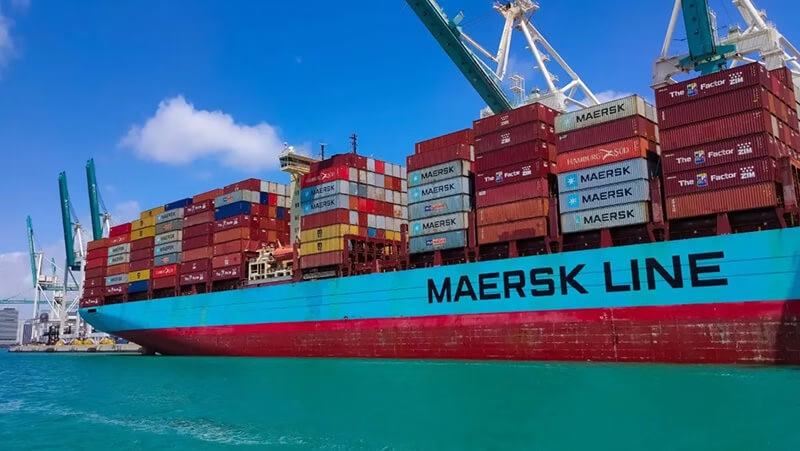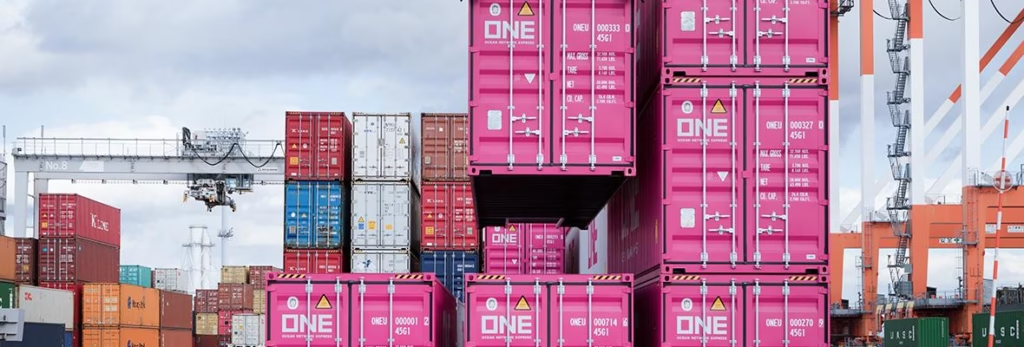Discover the key differences between shipping lines and carriers. Learn how each plays a vital role in global logistics and transportation efficiency.
With global trade volume expected to reach $32 trillion in 2025 (WTO), choosing the right logistics partner is critical. This guide will demystify two core concepts – shipping lines vs carriers – while helping you optimize supply chain decisions. As a leading international logistics provider since 2008, langxu freight offers tailored solutions bridging both worlds.
Shipping Line vs Carrier, The Fundamental Differences.
Shipping Lines: The Ocean Giants
- Definition: Companies operating fleets of vessels (e.g., Maersk, MSC)
- Core Service: Physical transportation of containers via scheduled routes
- Key Advantage: Ultra-high volume capacity (up to 24,000 TEU per vessel)
Carriers: The Service Orchestrators
- Definition: Entities arranging door-to-door transport (NVOCCs, freight forwarders)
- Core Service: Multimodal coordination (ocean+air+land) + value-added services
- Key Advantage: Customized routing and single-point accountability
Industry Insight: 78% of B2B shippers now prefer integrated carriers for complex shipments (DHL 2024 Report).
Shipping Line vs Carrier, How to Choose?
| Factor | Shipping Line (Direct) | Carrier (Integrated) | Best For |
| 1. Cost Efficiency | Competitive rates for FCL (e.g., $1,200/40HQ China-US West Coast) | Economical LCL consolidation (e.g., $180/CBM from Shanghai to LA) | • Full container shipments • Budget-focused bulk cargo |
| 2. Customs Expertise | Limited documentation support | End-to-end clearance (Our team handles 8,500+ HS codes annually) | • Complex tariffs • First-time importers |
| 3. Tracking Visibility | Basic vessel positioning (72hr updates) | Real-time E2E tracking via platform (GPS containers + trucking) | • High-value goods • Time-sensitive shipments |
| 4. Transit Time | Fixed schedules (±3 days variance) | Multimodal optimization (e.g., Air+Ocean hybrid cuts 12 days) | • Urgent partial shipments • Perishable goods |
| 5. Cargo Insurance | Basic coverage (60% value) | Custom policies (Up to 110% value + cyber risk options) | • Electronics • Pharmaceuticals |
| 6. Flexibility | 7-day booking lead time | 72-hour emergency booking (Via our Priority Access Program) | • Spot market needs • Seasonal peaks |
Why 63% of Clients Choose Hybrid Models?
At langxu freight, we blend strengths from both models:
| Advantage | How We Deliver |
| Shipping Line Rates | Contracted rates with COSCO/ONE 40% below market |
| Carrier Flexibility | Dynamic routing combining 3 airlines + 2 shipping lanes |
| Zero Hidden Costs | All-in quotes covering: • Demurrage/detention buffers • BAF/CAF fluctuations |
Case Example:
A UAE furniture retailer saved $18,500/quarter using our China-Vietnam-UAE hybrid routing, avoiding EU congestion surcharges.
Shipping Line vs Carrier q&a:
Can a company function as both shipping line and carrier?
Yes! Some majors like CMA CGM operate dual models through subsidiaries (e.g., CEVA Logistics)
Which offers better damage protection?
Carriers typically provide stronger cargo insurance options – our Platinum Coverage includes:
1. All-risk protection up to $500k
2. 48-hour claims processing
How does decarbonization affect both models?
Shipping lines invest in LNG vessels (e.g., HMM’s 12 new eco-ships), while carriers optimize carbon footprints via AI routing – ask about our Green Logistics Program.
Why Global Shippers Choose Us
- Port Coverage: 300+ direct shipping line contracts + 47 air carrier partnerships
- Tech Edge: Real-time API integrations with Maersk Spot, Flexport Platform
- Case Study: Reduced automotive client’s transit time by 22% through multimodal redesign
Get a cost comparison report:
A Guide to China’s Top 5 Airports 2025
Soaring Through the Middle Kingdom: A Guide to China’s Top 5 Airports 2025, China’s meteoric…
The Ultimate Guide to Sourcing & Shipping Christmas Ornaments from China
The Ultimate Guide to Sourcing & Shipping Christmas Ornaments from China. The holiday season is…
Decoding Shunde: The Ultimate Guide to the World’s Appliance Capital
Decoding Shunde, If you’ve ever turned on a microwave, blended a smoothie, or adjusted your…
2025 air freight alibaba amazon business buy from china china cif ddp ddu ecommerce exw fba fcl fob freight freight forwarder goods guide how import india International logistics langxu freight forwarder lcl malaysia Mexico Netherlands Ocean Freight ports sea freight shenzhen ship from china shipping shipping agent sourcing Sourcing from China supply chain management top top 10 trade us usa vietnam what






